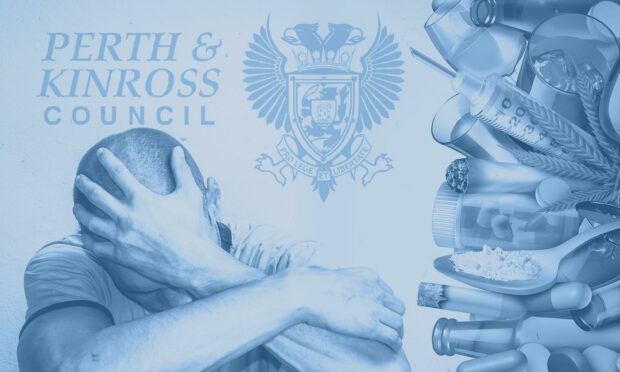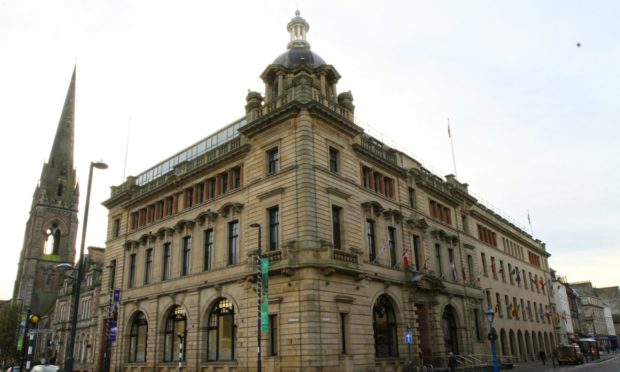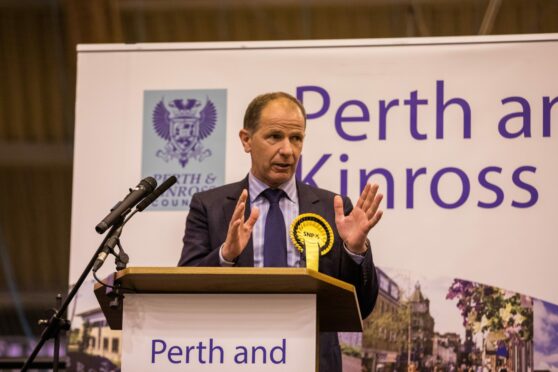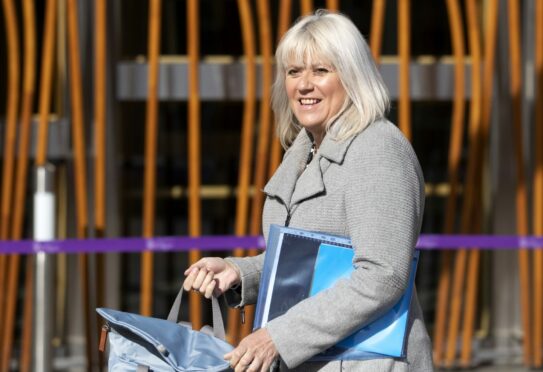Drug users in Perth and Kinross were denied access to residential rehabilitation for more than 15 years, despite council bosses receiving ringfenced public cash to pay for the treatment.
The local authority has received £137,621 in funding from the Scottish Government since February 2021 but said not a single penny of it has been spent.
Minsters specified that 65% of the cash – which was doled out in a bid to tackle Scotland’s horrific drug deaths record – must be spent on residential rehabilitation and any associated aftercare or post-placement support.
A government report in December 2020 noted that an international review, which included a “methodologically strong study from Scotland”, found evidence of the effectiveness of residential care.
It said it is “important there is access to this intervention evenly across Scotland” .
Why has the money not been spent?
Perth and Kinross Council set out its position in response to a Freedom of Information request from The Courier.
It said “from 2007 and before” services took the consideration that outcomes from residential rehab had not been successful, so a “more localised approach” was taken.
The council insists this focused “on all substance use services and the opportunity to work collectively together within Perth & Kinross with the in-patient unit to provide a structured detox programme and support for recovery and after-care”.
A spokesman for Perth and Kinross Council said it recently reviewed its processes and is “currently supporting a number of people” to access residential rehabilitation but could not provide further information.
The local authority would not say what clinical basis its decisions were based on or whether any unspent money will be returned at the end of the financial year.
The actions of the Conservative-led council, which were described by a local MSP as “absolutely staggering”, raise awkward questions for Douglas Ross as the Scottish Tory conference continues in Aberdeen.
Mr Ross’s party has been pushing a Right to Rehabilitation bill at Holyrood but rivals claim his own councillors in Perth are failing to act on the “basic principles”.
Council has ‘serious questions’ to answer
SNP MSP Jim Fairlie, who represents the Perthshire South and Kinross-shire constituency, said: “These revelations raise serious questions about whether Perth and Kinross Council are meeting the needs of those requiring treatment.
“The SNP Scottish Government fully supports residential rehab.
“In the last year alone it has provided nearly £140,000 to Perth and Kinross to tackle drug deaths, with £90,000 specifically for residential rehabilitation – none of which has been spent, begging the question what has this money been spent on?”
“Scottish Tory Leader Douglas Ross talks a good game about supporting recovery in Holyrood, but his own councillors aren’t acting on these basic principles.
“A serious issue like this should not be about party politics, so the Tories need to fix their own empty rhetoric on their Right to Recovery Bill and take meaningful action where they already have the power.”
‘We have recently reviewed our processes’
We sent the same Freedom of Information request to every council in Tayside and Fife.
The poor quality of responses makes direct comparisons difficult but Fife confirmed it has sent between eight and 26 people to residential rehabilitation each year – a total of 133 since 2014.
Angus has spent £108,000 of the money since February last year, and Dundee said it spends around £32,000 each year on residential rehabilitation.
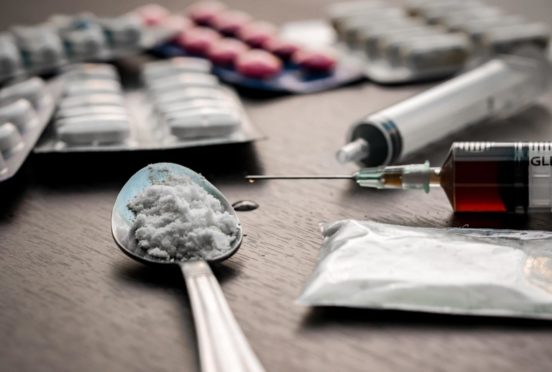
A Perth and Kinross Council spokesman said: “We have recently reviewed our processes regarding residential rehabilitation to make it easier for people to access this support when required.
“While we cannot comment on individual cases we can confirm that we are currently supporting a number of people from Perth and Kinross to access residential rehabilitation.”
He said this in addition to a range of available services, including drop-in clinics, substitute prescribing, psychology support, one-to-one counselling, inpatient detoxification at inpatient addiction units, Naloxone provision and needle exchange.
Tories say ‘convoluted’ system is to blame
Scottish Conservative public health spokeswoman Sue Webber said the situation at Perth and Kinross Council “shows how broken our drug treatment system has become” under the SNP.
“It is not Perth and Kinross Council’s fault that the SNP’s national drugs strategy is so convoluted, and treatment so difficult to access,” she said.
“This money should be going directly to the services providing treatment.
“Our Right to Recovery Bill will tackle this crisis by enshrining the right to treatment – including residential rehabilitation – in law for everyone who needs it.”
A Scottish Government spokeswoman said it had made “explicitly clear” that £5 million of increased funding to Alcohol and Drug Partnerships across Scotland should go towards improving access to residential rehabilitation.
She said the government is investing £100 million this parliamentary term to expand residential rehabilitation and associated aftercare as part of a commitment to increase the number of placements by 300% over five years.
